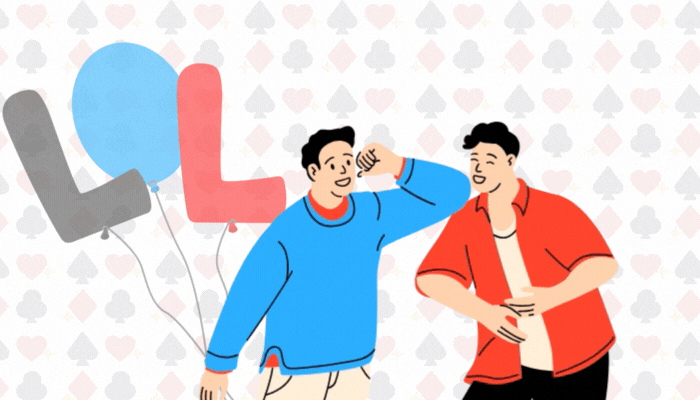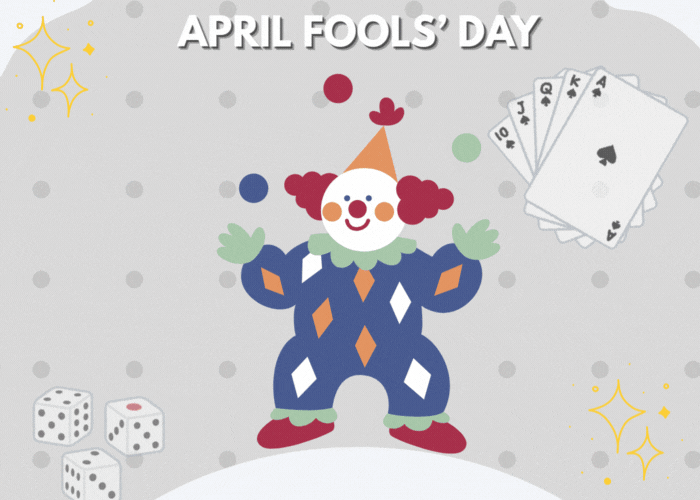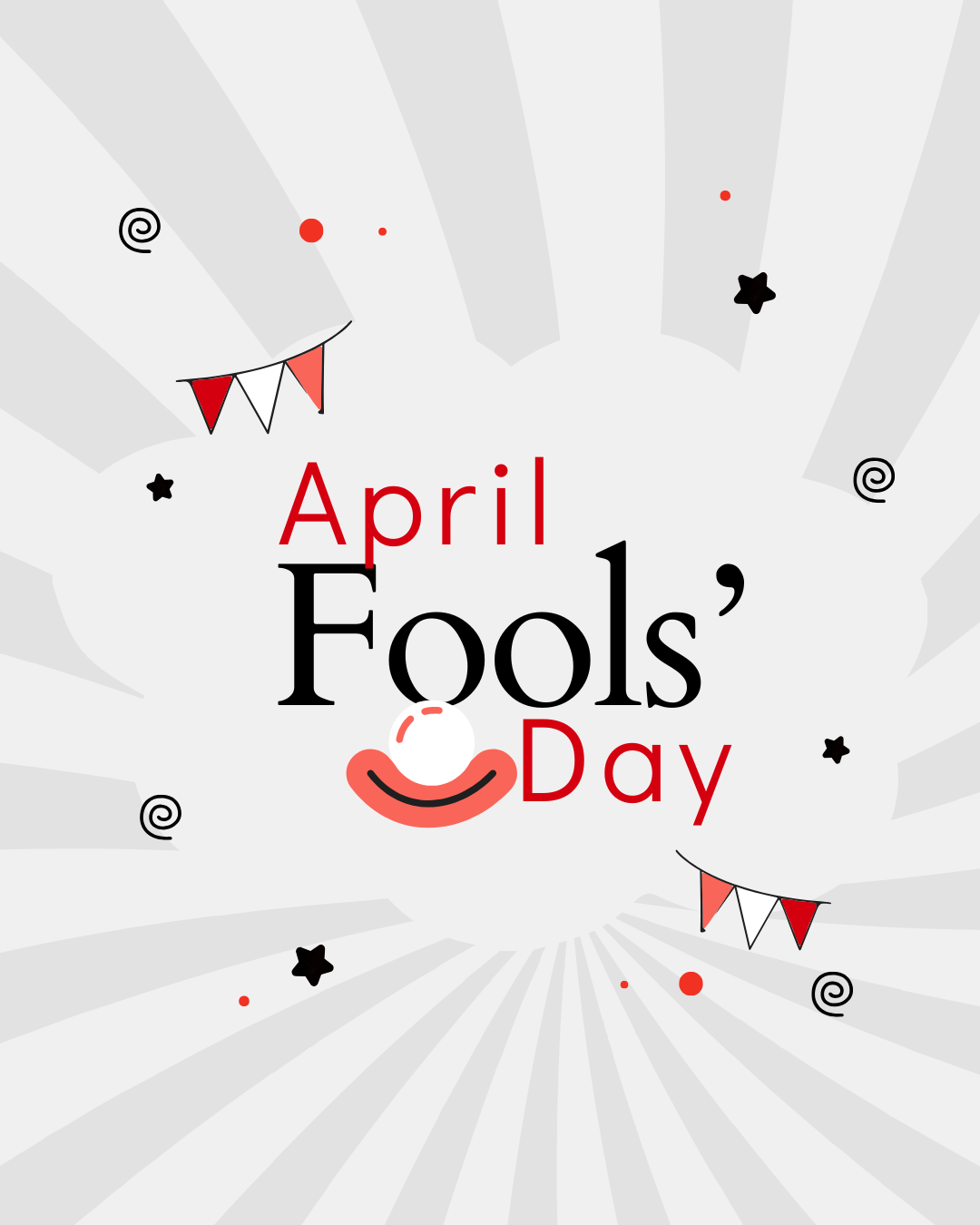April Fools’ Day – The Day of Jokes and Pranks
🎭 Origins of April Fools’ Day 🎭
April 1st, known as April Fools’ Day, is a day dedicated to playing pranks and tricks on others. The exact origins of this tradition are unclear, but it is believed to have started in 16th-century France, when the country switched from the Julian calendar to the Gregorian calendar. Before the change, New Year’s Day was celebrated around April 1st. Those who didn’t realize the calendar had changed were called “April Fools” and were often the targets of jokes.
The tradition spread across Europe and arrived in Poland in the 16th century, influenced by Western customs. Over the years, it became widely popular, with newspapers, radio stations, and even governments playing pranks on the public. A common Polish saying on this day is: “Prima Aprilis – nie wierz nikomu, bo się pomylisz!” (April Fools – don’t trust anyone, or you’ll be tricked!).
🎭 How Is April Fools’ Day Celebrated? 🎭
The main idea of April Fools’ Day is to fool others for fun. The jokes can range from small pranks (such as telling a friend their shoe is untied) to elaborate hoaxes (such as news outlets publishing fake stories). Once someone realizes they’ve been tricked, the prankster typically shouts “April Fools!”.
🎭 Is April Fools’ Day Celebrated in Other Countries? 🎭
Yes! April Fools’ Day is celebrated worldwide, though it takes different forms in various countries:
🎉 France & Italy – Known as “Poisson d’Avril” (April Fish), where children stick paper fish onto people’s backs.
🎉 UK & USA – Called “April Fools’ Day”, with people playing pranks on each other and the media publishing fake news stories.
🎉 Spain & Latin America – Instead of April 1st, a similar “Day of Jokes” is celebrated on December 28th, known as “Día de los Santos Inocentes” (Holy Innocents’ Day).
Some countries, like China and Japan, don’t traditionally celebrate April Fools’ Day, but with globalization, the holiday has gained some popularity.

🎭 The Most Famous April Fools’ Pranks in History 🎭
April 1st has given rise to some of the most legendary pranks in history. Here are some of the most famous:
👉 Spaghetti Growing on Trees (BBC, 1957)
The BBC broadcast a fake news segment showing Swiss farmers harvesting spaghetti from trees, claiming that thanks to a mild winter, they had a bumper spaghetti crop. Many viewers called in, asking how they could grow their own spaghetti trees!
👉 Flying Penguins (BBC, 2008)
The BBC did it again in 2008, showing a video of penguins flying across the sky. The realistic CGI effects convinced many people that scientists had discovered a new flying species!
👉 Big Ben Goes Digital (BBC, 1980)
The BBC announced that Big Ben, London’s iconic clock, would be replaced with a modern digital clock. Many British citizens were outraged, and some even called in to protest the change.
👉 A Lion in Copenhagen (Denmark, 2001)
Danish police warned the public that a lion had escaped in the center of Copenhagen. Many people panicked and avoided the area – only to later realize it was an April Fools’ prank.
👉 Google Nose – The Smell Search Engine (Google, 2013)
Google introduced “Google Nose,” a feature that supposedly allowed users to smell different scents through their screen. Many people eagerly tried clicking and sniffing their screens before realizing they had been fooled.
👉 Turning Black-and-White TVs into Color (Switzerland, 1962)
A Swiss TV station told viewers that they could convert their black-and-white televisions into color by placing a nylon stocking over the screen. Many people rushed to try it!

2024/2025 © Łukasz Wełnicki, Logistyka, II rok, SS, Akademia Nauk Stosowanych w Koninie
